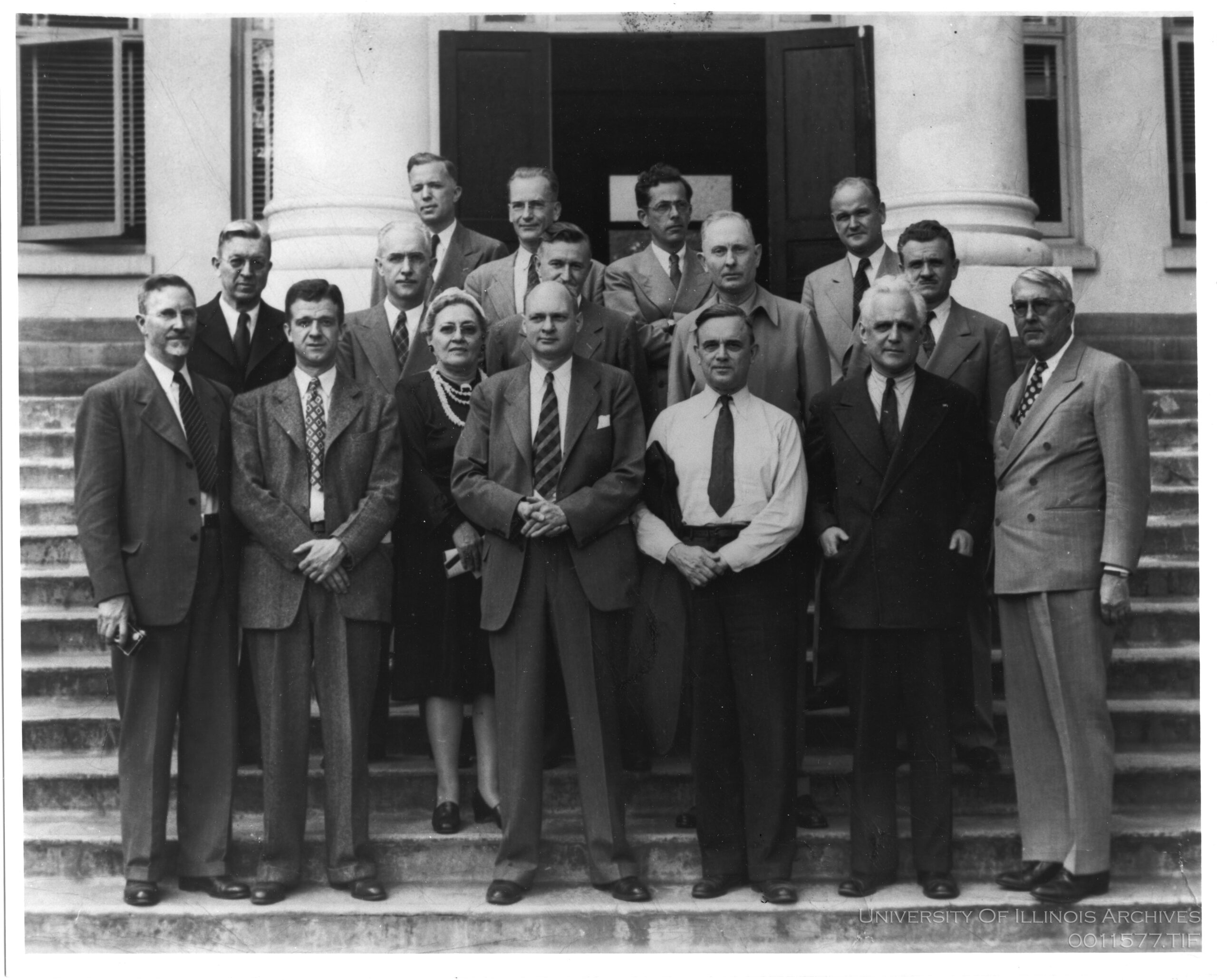Introduction
The Religious Society of Friends, whose members are widely known as Quakers, is well known for its indelible impact on the history of the United States. From founders like William Penn, to presidents such as Herbert Hoover, women’s rights leaders Lucretia Mott and Alice Paul, and even cultural icons like James Dean, the legacy of Quaker contributions is etched into the physical and cultural landscape of America. What may be more surprising for some to hear is that the legacy of the Religious Society of Friends is not limited to the United States, nor to western Europe where the movement began. Indeed, Quaker contributions can be seen all over the world.
Japan is no exception.
Connections between the Society of Friends and Japan date back more than a century and a half. Through missionaries and exchange students, philanthropists, government officials, academics, and others, the Quaker-Japanese relationship has shaped not just the lives of individuals, but also major areas of society. And perhaps none of these more so than the field of education.
Furthermore, throughout much of this trans-Pacific relationship, New York has been an important node of connection and collaboration. In fact, a number of educators, students, and philanthropists with ties to New York who were either Quakers themselves or otherwise connected to the community of “Friends” made significant contributions to the development of education in Japan in the 20th century—in particular by increasing educational opportunities for women.
Those involved in this work persevered for decades and faced numerous setbacks. But gradually, their efforts bore fruit and this exhibit endeavors to tell but some of their stories.


